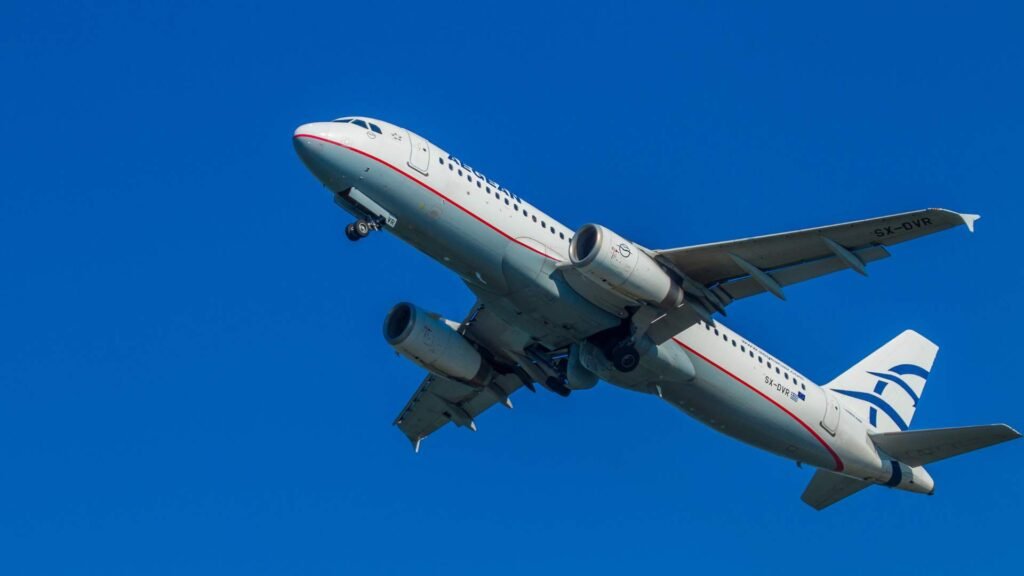Flying, while typically a smooth experience, can occasionally take a turbulent turn. Singapore Airlines’ recent turbulence incident was tumultuous. During a recent flight between London and Singapore, a renowned airline encountered a harrowing incident, underscoring the gravity of such situations. On the ill-fated SQ321 flight, passengers encountered sudden, severe turbulence while flying over Myanmar, resulting in dozens of injuries and a tragic death. This unexpected event shook the passengers aboard and highlighted the complexities and risks associated with air travel, emphasizing the importance of stringent safety measures and quick responses in times of crisis.
The Turbulent Flight

On May 20, a routine flight from London to Singapore turned into a harrowing ordeal as the aircraft encountered severe turbulence over the Indian Ocean. The sudden onset of turbulence prompted a rapid descent, with the plane plummeting approximately 6,000 feet in a mere three minutes. Passengers aboard SQ321 found themselves thrust into chaos as the aircraft struggled to navigate through the turbulent skies.
The turbulence proved to be more than just a bumpy ride; it resulted in significant injuries among the passengers. Reports indicate that individuals suffered spinal cord, brain, and skull injuries during the turbulent episode. The violent shaking and sudden movements of the aircraft left many occupants with grave physical trauma, underscoring the dangers posed by such unforeseen events during air travel.
Tragically, amidst the chaos and confusion, a 73-year-old British passenger succumbed to a suspected heart attack. The severity of the turbulence and the stress of the situation likely exacerbated underlying health conditions, leading to the unfortunate loss of life onboard. The incident serves as a sobering reminder of the fragility of life and the unpredictability of air travel, prompting calls for enhanced safety measures and preparedness to mitigate the risks associated with turbulent flights.
Compensation Offers
In the aftermath of the turbulent flight, Singapore Airlines swiftly initiated measures to address the needs of affected passengers. Those who sustained minor injuries during the ordeal were promptly offered compensation packages amounting to $10,000. This financial assistance aimed to provide support and acknowledgment for the discomfort and distress experienced by passengers with relatively less severe injuries.
For individuals grappling with more serious injuries resulting from the turbulence, Singapore Airlines extended a compassionate approach. Passengers with significant injuries were encouraged to engage in discussions with the airline to tailor compensation offers according to their specific needs.
Recognizing the long-term medical care needs of certain passengers, Singapore Airlines took proactive steps to alleviate immediate financial burdens. Passengers identified as requiring extended medical care were offered an advance payment of $25,000. This advance payment served as a crucial lifeline, addressing immediate financial needs and providing a sense of security for passengers facing prolonged medical treatments and rehabilitation.
Legal Implications
Under the Montreal Convention, airlines are liable for physical injuries resulting from accidents on international flights, including turbulence incidents. This international agreement ensures accountability for passenger safety during air travel.
In the event of a lawsuit filed by passengers, Singapore Airlines faces limitations on contesting damages. Damages up to $175,000 cannot be contested by the airline. However, for claims exceeding this amount, Singapore Airlines must demonstrate that it took all necessary precautions to prevent turbulence-related incidents, thereby limiting liability.
These legal provisions outline the framework for addressing passenger claims and airline responsibilities following turbulence incidents, emphasizing the importance of adherence to safety protocols and measures to mitigate risks during international flights.
Investigating the Cause
According to a preliminary report by Singapore’s Transport Ministry, the turbulence experienced on the flight was attributed to a sudden change in gravitational force and a significant drop in altitude of 177 feet. These factors contributed to the turbulent conditions encountered during the flight.
Unstable weather patterns triggering storms are identified as a common cause of turbulence. Pilots rely on weather radar to detect these patterns and navigate around potential storm patches, ensuring the safety of the aircraft and passengers.
Clear air turbulence, a type of turbulence occurring without visible clouds, poses a unique challenge as it is difficult to predict. Despite its invisibility, clear air turbulence can result in sudden and severe disturbances during flights, highlighting the complexities of weather-related risks in aviation.
Seatbelt Practices
The turbulence incident has brought seatbelt practices into the spotlight. While airlines generally permit passengers to undo their seatbelts during normal cruise conditions, they strongly advise keeping them fastened as a precautionary measure. This recommendation underscores the importance of seatbelt usage in ensuring passenger safety, particularly during unexpected turbulence or other inflight disturbances. The incident serves as a reminder of the vital role seatbelts play in mitigating risks and protecting passengers during air travel.
Government Response to Singapore Airlines
Addressing turbulence risks requires government intervention focused on enhancing weather monitoring and pilot training. By bolstering these areas, authorities can better equip pilots with the knowledge and tools needed to navigate through turbulent conditions safely. This proactive approach aims to minimize the occurrence and impact of turbulence incidents, thereby enhancing overall flight safety.
Implementing stricter seatbelt enforcement and upgrading turbulence prediction systems are crucial safety measures for mitigating turbulence-related risks. By ensuring passengers adhere to seatbelt usage guidelines throughout flights, airlines can enhance passenger safety and reduce the likelihood of injuries during turbulent encounters.
Additionally, advancements in turbulence prediction technology enable pilots to anticipate and navigate around turbulent patches more effectively, further enhancing flight safety standards. These measures reflect a proactive stance towards addressing turbulence risks and ensuring the well-being of passengers and crew onboard.
Singapore Airlines faces critical questions about safety, compensation, and preventive measures. As investigations continue, passengers and aviation authorities await answers to prevent such tragic incidents in the future.
